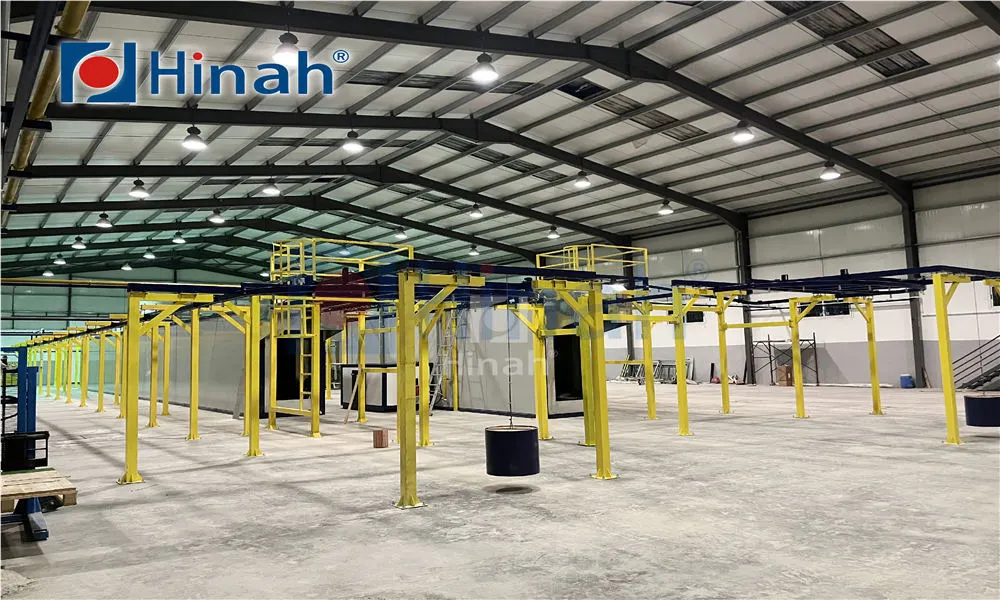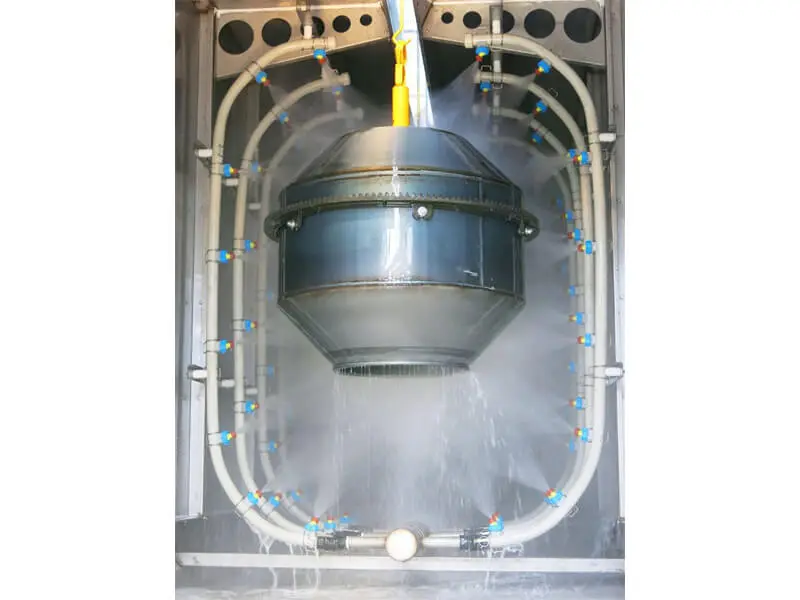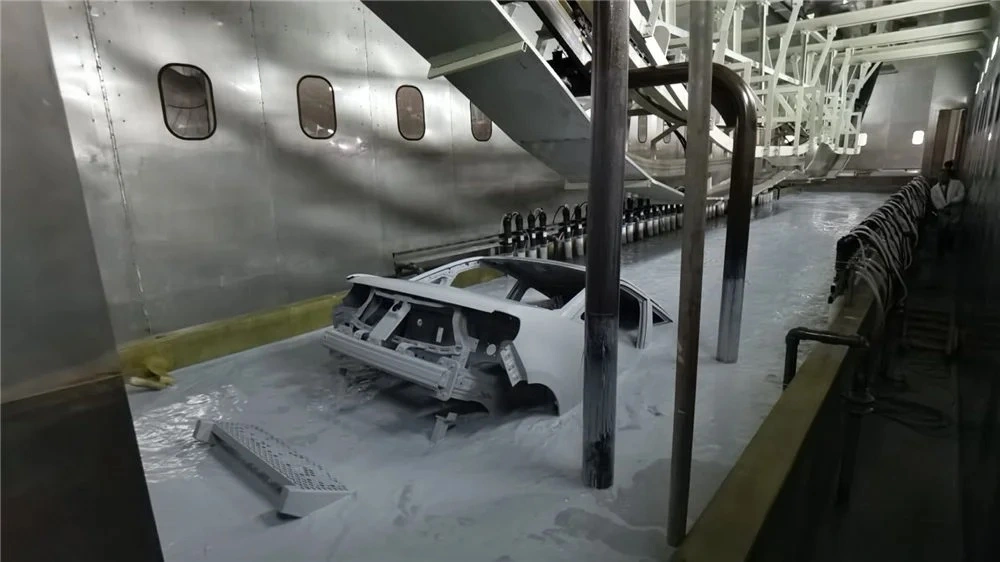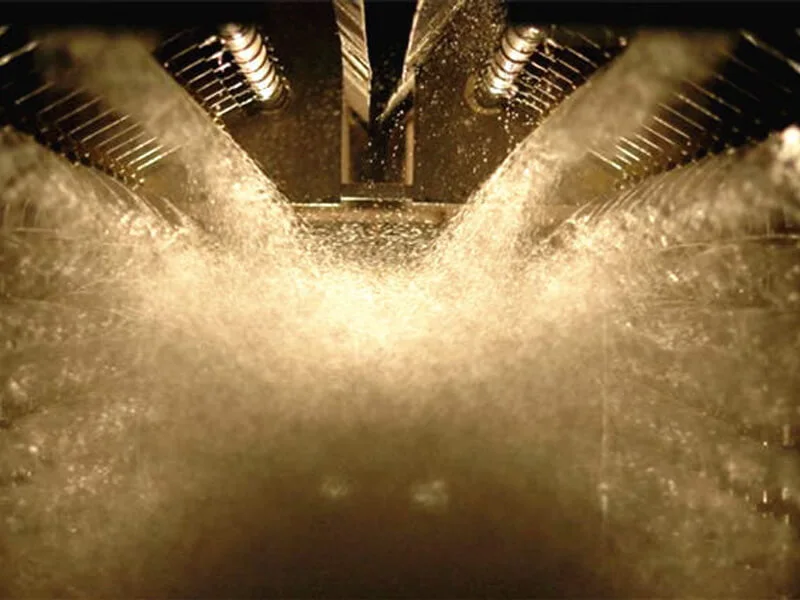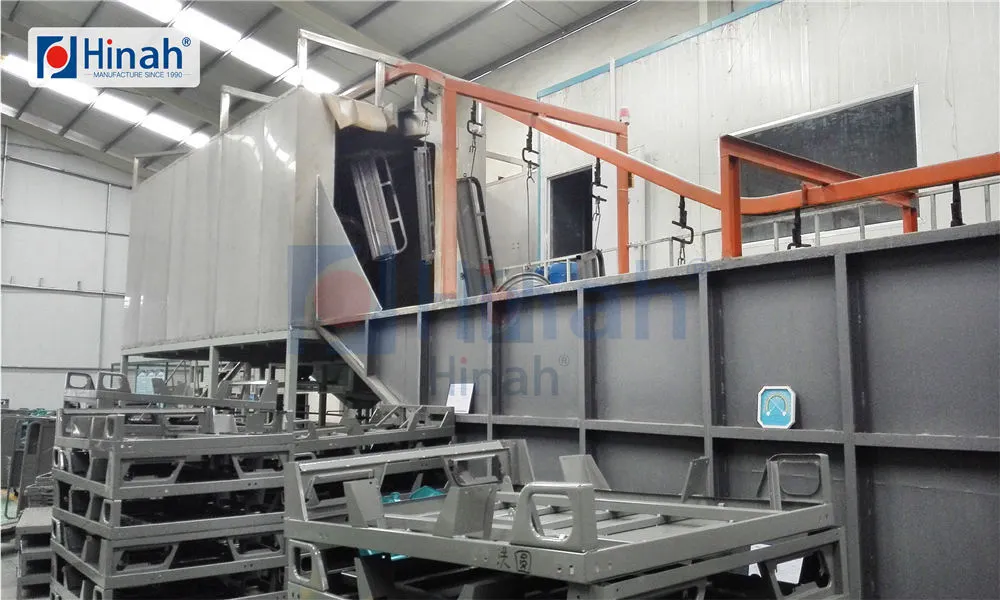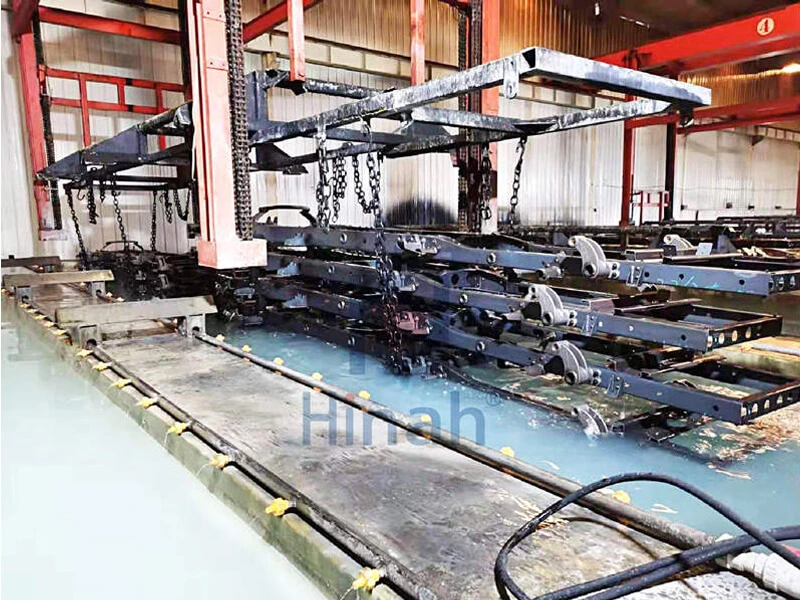In an era of increasing environmental awareness, environmental protection equipment has become a critical component for industries worldwide. This sector encompasses a wide range of technologies designed to mitigate the negative impact of human activity on our planet. From sophisticated Air Pollution Control (APC) Equipment to integrated Environmental Control Systems, these technologies are at the forefront of the global sustainability effort. The demand for such solutions is driving innovation among environmental protection equipment manufacturers, who are constantly developing more efficient and cost-effective systems. This article delves into the core technologies, the key players behind them, and the common challenges faced in selecting and maintaining this vital equipment, providing a comprehensive overview for industry professionals and the environmentally conscious alike.
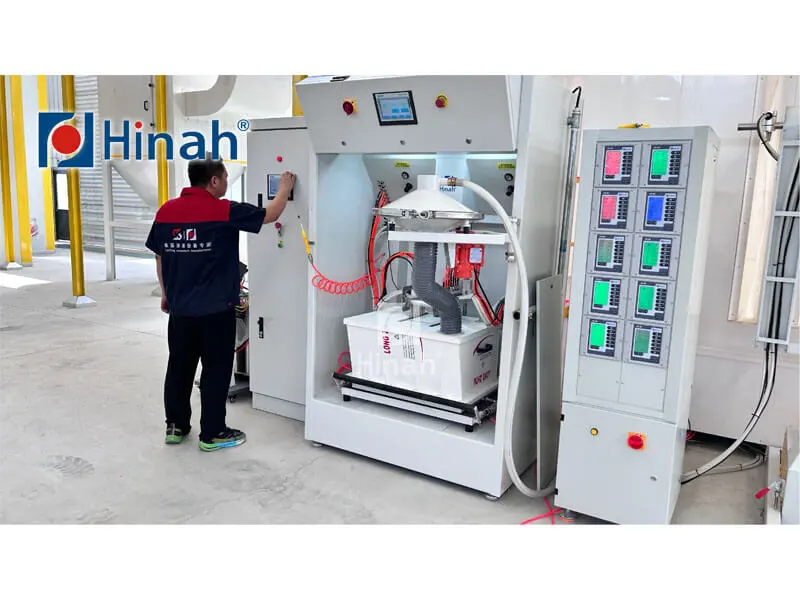
Environmental protection equipment refers to the suite of technologies, devices, and infrastructure designed to prevent, reduce, or eliminate pollution and environmental degradation. This broad category includes equipment for managing air emissions, treating wastewater, handling solid and hazardous waste, controlling noise pollution, and monitoring environmental quality. The primary goal is to help industries and communities comply with environmental regulations, minimize their ecological footprint, and contribute to a more sustainable future. The sophistication of this equipment ranges from simple filtration screens to complex, computer-controlled systems that automate the entire process of environmental management. As regulatory pressures increase and public demand for corporate responsibility grows, the role of this equipment becomes ever more crucial for operational continuity and legal compliance.
The Critical Role of Air Pollution Control (APC) Equipment
A major subset of environmental protection equipment is dedicated to cleaning industrial exhaust streams. Air Pollution Control (APC) Equipment is specifically engineered to remove particulate matter (PM) and gaseous pollutants from air emissions before they are released into the atmosphere.
Common types of APC equipment include:
Scrubbers: These systems use a liquid (often water) to wash unwanted pollutants from a gas stream. They are highly effective for removing soluble gases and particulates.
Electrostatic Precipitators (ESPs): ESPs use electrical forces to charge and remove dust particles and other fine particulates from flowing gases. They are widely used in power plants and large industrial facilities.
Baghouses/Fabric Filters: These are large-scale filtration systems that use fabric filter bags to capture dust and particulate matter. They are exceptionally efficient at capturing fine particles.
Catalytic Oxidizers: This thermal process uses a catalyst to convert volatile organic compounds (VOCs) and hazardous air pollutants (HAPs) into carbon dioxide and water vapor at lower temperatures than thermal oxidizers.
Thermal Oxidizers: These systems combust air pollutants at high temperatures, effectively destroying VOCs and HAPs by converting them into CO₂ and water vapor.
The integration of effective APC Equipment is non-negotiable for industries such as manufacturing, energy production, chemical processing, and waste management. It is the first line of defense against smog, acid rain, and respiratory health problems, making it a cornerstone of modern industrial environmental protection equipment.
Integrated Environmental Control Systems
While APC Equipment tackles air quality, comprehensive environmental management requires a more holistic approach. This is where Environmental Control Systems come into play. These are integrated, often automated, systems that manage multiple facets of a facility's environmental impact simultaneously.
An effective Environmental Control System might combine:
Air Pollution Control: Integrating ESPs, scrubbers, and continuous emission monitoring systems (CEMS).
Water Management: On-site wastewater treatment and water recycling systems.
Waste Management: Systems for sorting, recycling, and treating solid and hazardous waste.
Energy Management: Controls to optimize energy use and reduce greenhouse gas emissions.
Data and Monitoring: Centralized software platforms that collect data from sensors across all systems, providing real-time analytics, ensuring compliance, and alerting operators to any issues.
The advantage of an integrated Environmental Control System is synergy. Data from one system can inform actions in another, leading to greater overall efficiency, reduced operational costs, and a significantly smaller environmental footprint. For large complexes like power plants, refineries, and manufacturing campuses, these systems are indispensable for sustainable operation.
Leading Environmental Protection Equipment Manufacturers
The development and supply of these technologies are driven by a competitive and innovative global industry. Environmental protection equipment manufacturers range from large, multinational corporations offering full-scale solutions to specialized firms focused on niche technologies.
When evaluating environmental protection equipment manufacturers, key factors to consider include:
Technological Expertise: Proven experience with specific pollutants and industry applications.
Project Management Capability: Ability to handle design, installation, and commissioning.
After-Sales Support: Availability of maintenance services, spare parts, and technical support.
Compliance Knowledge: Understanding of local and international environmental regulations.
Prominent manufacturers often specialize in certain areas. Some are leaders in APC Equipment like scrubbers and ESPs, while others excel in designing complete Environmental Control Systems. The choice of manufacturer is a critical decision that impacts the long-term effectiveness and reliability of a company's pollution control strategy.
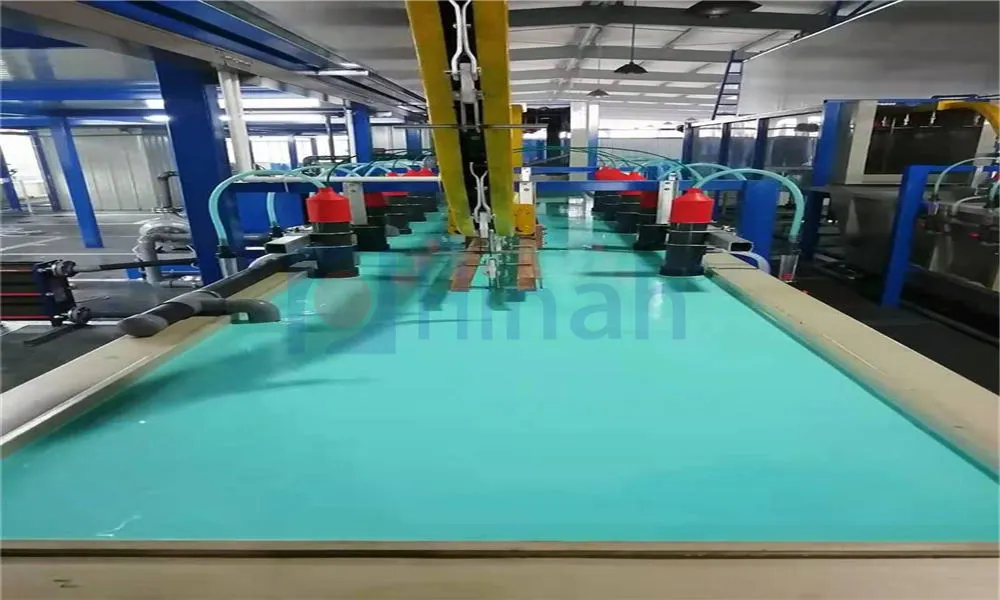
Common Challenges with Environmental Protection Equipment
Despite their importance, selecting, operating, and maintaining environmental protection equipment presents several common challenges for organizations.
High Initial Capital Investment: Advanced APC Equipment and integrated Environmental Control Systems require significant upfront expenditure, which can be a barrier for small and medium-sized enterprises (SMEs).
Operational and Maintenance Costs: Beyond purchase and installation, this equipment consumes energy, requires specialized parts, and needs skilled technicians for regular maintenance, adding to the total cost of ownership.
Selecting the Right Technology: Choosing the wrong type of equipment for a specific application or pollutant stream is a frequent mistake. This leads to non-compliance, inefficient operation, and wasted resources. Thorough analysis of the effluent stream is essential before selection.
Space Constraints: Particularly for retrofitting existing facilities, finding adequate space to install large pieces of environmental protection equipment like scrubbers or baghouses can be a major logistical challenge.
Keeping Pace with Regulations: Environmental regulations are constantly evolving and becoming stricter. Equipment that is compliant today may need upgrades or modifications tomorrow to meet new standards, requiring ongoing investment.
Skilled Labor Shortage: There is a growing need for highly trained operators and maintenance personnel who understand the complexities of modern Environmental Control Systems. Finding and retaining this talent is a challenge for many industries.
Disposal of Captured Pollutants: The equipment captures pollutants, but then the question becomes what to do with them. Safely handling, transporting, and disposing of or recycling collected sludge, dust, and chemicals adds another layer of complexity and cost.
The Future of Environmental Protection Technology
The field of environmental protection equipment is far from static. Environmental protection equipment manufacturers are continuously innovating to address the challenges above and meet future demands. Key trends include:
Smart Technology and IoT: The integration of Internet of Things (IoT) sensors and AI-driven analytics into Environmental Control Systems allows for predictive maintenance, real-time optimization, and remote monitoring, reducing downtime and operational costs.
Energy Efficiency: New generations of APC Equipment are being designed to consume less energy, addressing one of the major operational cost concerns.
Circular Economy Integration: The focus is shifting from mere pollution control to resource recovery. Modern systems are designed to capture and repurpose waste products, turning them into raw materials for other processes.
Modular and Scalable Designs: Manufacturers are offering more flexible, modular systems that can be easily expanded or adapted as a facility's needs or regulations change, helping to manage costs.
As the world continues to prioritize sustainability, the role of advanced environmental protection equipment will only expand, making it a dynamic and essential industry for our collective future.
Environmental protection equipment is the unsung hero of modern industry, enabling economic activity to coexist with ecological responsibility. From targeted Air Pollution Control (APC) Equipment to comprehensive Environmental Control Systems, these technologies form the backbone of global efforts to combat pollution. The expertise of dedicated environmental protection equipment manufacturers is crucial in developing solutions that are not only effective but also increasingly efficient and intelligent. While challenges like cost, complexity, and regulatory compliance remain, ongoing innovation is steadily creating a new paradigm where protecting the environment is integrated seamlessly into industrial processes. For any organization committed to sustainability and long-term operation, investing in the right environmental technology is no longer an option—it is an imperative.


